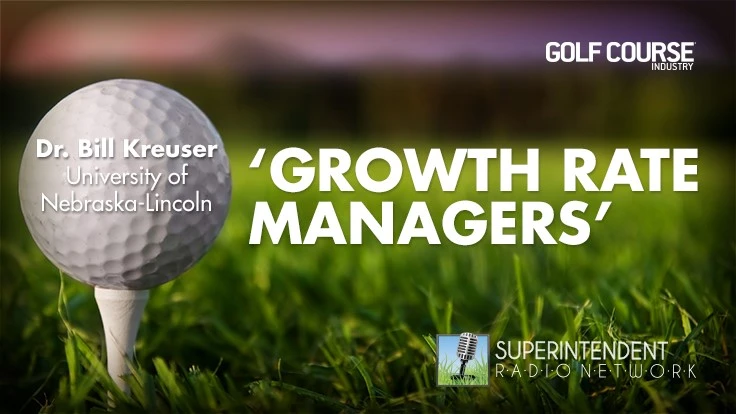PGR Princples and Practices sponsored by SePRO

Growth rate managers
The U of Nebraska-Lincoln’s Dr. Bill Kreuser discusses how to start a PGR program and describes his journey into the science behind regulating growth rates.

The U of Nebraska-Lincoln’s Dr. Bill Kreuser discusses how to start a PGR program and describes his journey into the science behind regulating growth rates.